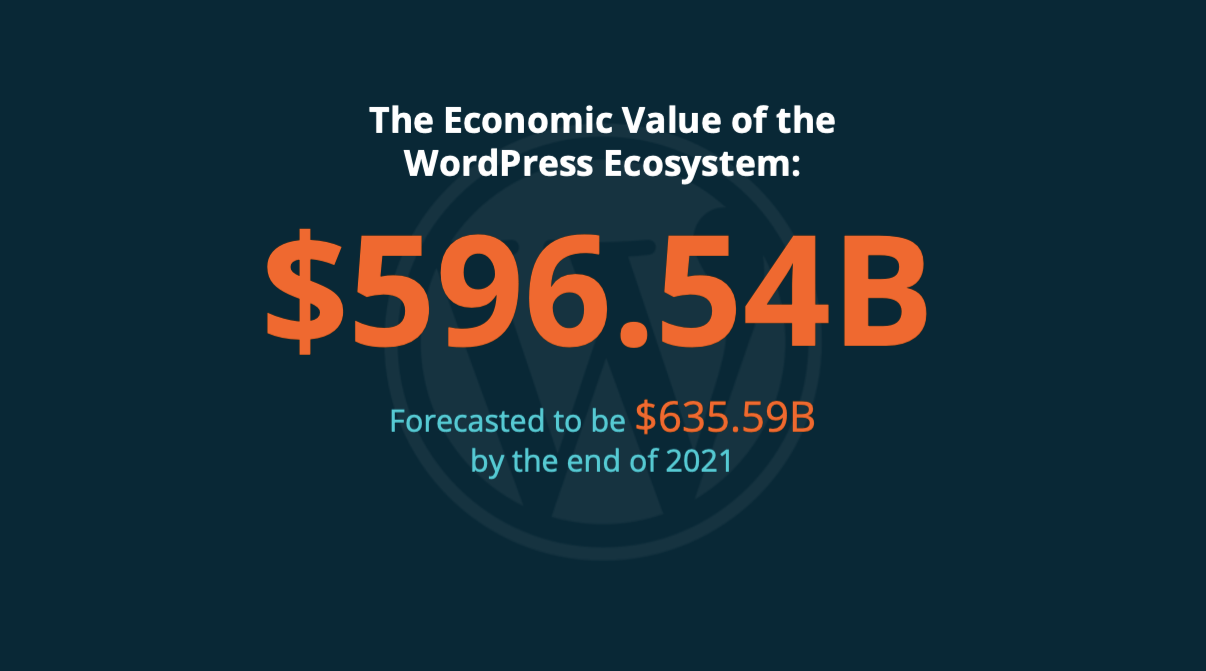It’s hard to remember a time when WordPress wasn’t a household name that dominated the online world but the first version of WordPress was only received just over a decade ago. How time flies, right?
Matt Mullenweg and Mike Little released the earliest version of WordPress in May 2003 and it was originally a project fork of b2/cafelog. Since those days WordPress has gone from strength to strength and its popularity has surged with no signs of slowing down. WordPress powers more than 60 million websites and is easily the most popular CMS around.
So what happened between May 2003 and today to make WordPress such a colossal force on the Web? Well, we decided to have a look at WordPress’ release timeline to find out:
2003
May: WordPress is created as a fork of Michel Valdrighi’s b2/cafelog and version 0.7 is released.
2004
January: Version 1.0 (Davis) is released, adding in search engine friendly permalinks and commend moderation.
May: Version 1.2 (Mingus) arrives, adding in support of Plugins.
2005
February: Version 1.5 (Strayhorn) is released, adding in the template/Theme system.
December: Version 2.0 (Duke) is released, adding in rich editing and faster posting.
2007 (A big year for security!)
January: Version 2.1 (Ella) is released, bringing with it improved security and a redesigned interface.
May: Version 2.2 (Getz) is launched, introducing widget support for templates.
September: Version 2.3 (Dexter) is released, bringing with it more security fixes and native tagging support.
2008
March: Version 2.5 (Brecker) arrives with double the new code as 2.4 was skipped. 2.5 sees a new administration interface and a new-look WordPress website.
July: Version 2.6 (Tyner) is released and allows easy posting from anywhere on the web.
December: Version 2.7 (Coltrane) is released and brings with it a fully redesigned admin interface.
2009
June: Version 2.8 (Baker) is launched, adding in speed improvements and the CodePress editor.
December: Version 2.9 (Carmen) arrives as an early Christmas present and adds in a global undo and built-in image editor.
2010
June: Hello, version 3.0 (Thelonious)! 3.0 brings with it Custom Menus, a new Theme API and the merge of WordPress and WordPress MU.
2011
February: Version 3.1 (Reinhardt) arrives and adds in the Admin Bar and Post Format.
July: Version 3.2 (Gershwin) is released just four months later, reflecting the growing popularity of WordPress and the rapid growth of the community.
December: Version 3.3 (Sonny) is launched and focuses on making WordPress more user-friendly for beginners.
2012
June: Smack bang in the middle of summer came version 3.4 (Green), adding in Twitter integration.
December: Another Christmas present, version 3.5 (Elvin) brings with it improved image workflow and the Twenty Twelve theme.
2013
August: Version 3.6 (Oscar) is released, giving us the Twenty Thirteen Theme, as well as numerous admin enhancements.
October: Version 3.7 (Basie) arrives, focusing on stronger password recommendations and automated security updates.
December: Version 3.8 (Parker) is launched, adding in responsive design for mobile devices and a simplified dashboard.
2014
April: Version 3.9 (Smith) brings us live widget previews and a new Theme installer.
September: Just a few short months later we welcome version 4.0 (Benny) with open arms, which improves the content-editing experience, among numerous other enhancements.
December: Well, we’ll just have to wait and see…
What’s interesting, looking back at these, is how ahead of the curve the WordPress developers are with every release. With a new release due in December, we can’t wait to find out what new features will be in store.
To view the full history of WordPress you can find out all the details at WordPress.org.
(Fun fact: Mike Mullenweg’s friend, Christine Selleck Tremoulet, came up with the name WordPress – luckily it was very catchy!)


